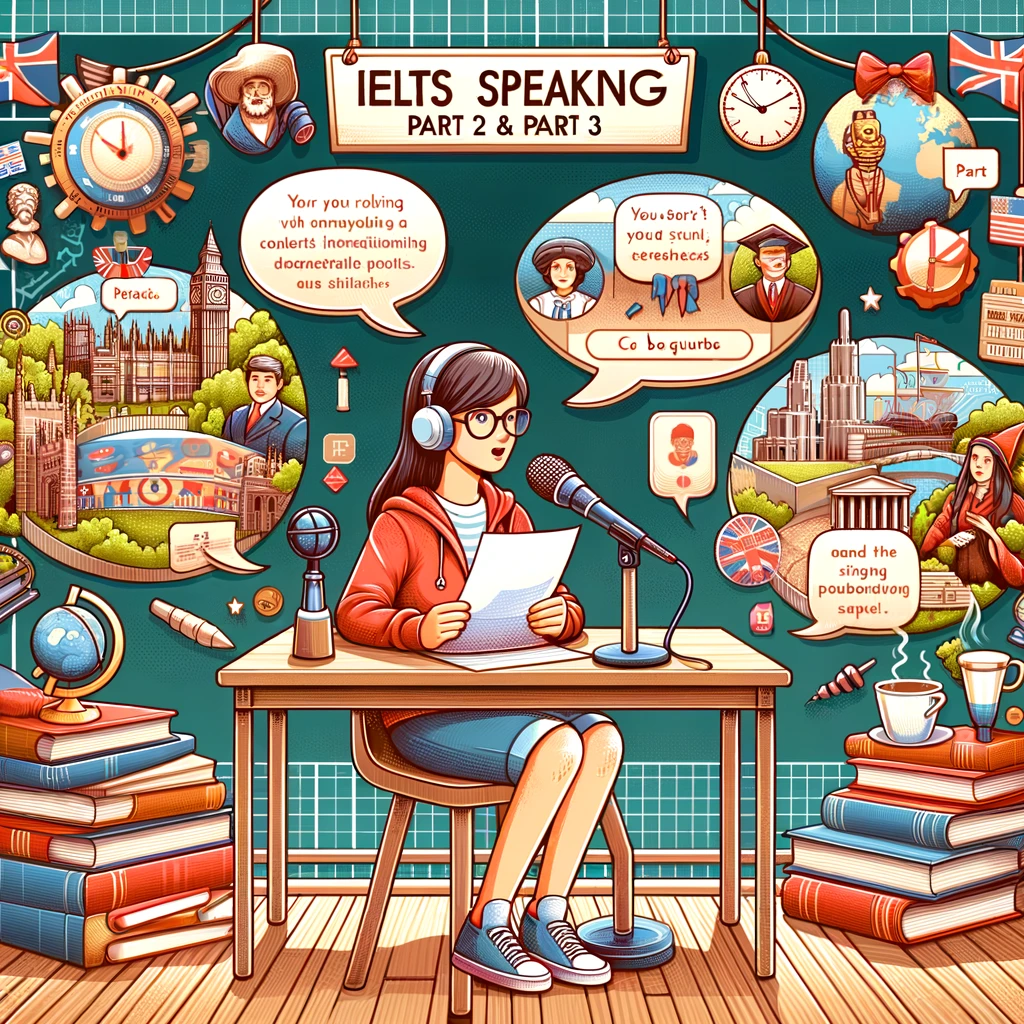– Where it is
– What it is like
– What you enjoy doing there
– And explain why you feel relaxed at this place
2. What are the benefits of doing exercise?
3. Do people in your country exercise after work?
4. What is the place where people spend most of their time at home?
5. Do you think there should be classes for training young people and children how to relax?
6. Which is more important, mental relaxation or physical relaxation?
Answer:
Where it is:
My favorite place in the house where I can unwind and relax is the balcony. It is situated adjacent to the living room, offering a seamless transition from indoor comfort to an outdoor retreat.
What it is like:
The balcony is quite spacious, adorned with a variety of potted plants that add a touch of nature and serenity. There’s a comfortable lounge chair with plush cushions, a small coffee table where I can place my books or beverages, and fairy lights strung along the railings, which create a warm, inviting ambiance, especially in the evenings.
What you enjoy doing there:
I thoroughly enjoy spending my time reading novels or indulging in a cup of freshly brewed coffee while sitting on the balcony. The gentle breeze, coupled with the chirping of birds, provides a soothing background. Sometimes, I simply sit back and meditate, allowing myself to disconnect from the hustle and bustle of daily life.
Why you feel relaxed at this place:
The balcony feels like an oasis of calm amid the daily chaos. The combination of fresh air, natural light, and the verdant greenery of the plants helps me to de-stress and rejuvenate. The fact that it is a private space where I can enjoy solitude without any disturbances significantly enhances its relaxing effect.
Part 3:
- Why is it difficult for some people to relax?
Many people find it difficult to relax due to high stress levels associated with their fast-paced lifestyles. Constant exposure to technology, work pressures, and personal responsibilities often leaves little room for unwinding. Additionally, some individuals might struggle with anxiety or other mental health issues that impede their ability to relax effectively. - What are the benefits of doing exercise?
Regular exercise offers a multitude of benefits, including improved physical health, enhanced mental well-being, and increased energy levels. It helps in reducing stress and anxiety, improving mood through the release of endorphins, and promoting better sleep. Physically, it strengthens the cardiovascular system, boosts immunity, and helps maintain a healthy weight. - Do people in your country exercise after work?
Yes, many people in my country make it a point to exercise after work. Whether it’s hitting the gym, going for a jog, or participating in group fitness classes, post-work exercise routines are quite common. It serves as a way to de-stress and transition from a work-focused mindset to a more relaxed state of being. - What is the place where people spend most of their time at home?
Typically, people spend most of their time at home in the living room. It’s the central hub of the house where family members gather to watch television, engage in conversations, or relax. The living room is designed to be comfortable and accommodating, making it the perfect place for both social interactions and individual relaxation. - Do you think there should be classes for training young people and children how to relax?
Absolutely. Given the increasing levels of stress among young people and children, it is essential to equip them with effective relaxation techniques. Classes on mindfulness, meditation, and stress management could significantly benefit their mental health, helping them to develop healthy coping mechanisms from a young age. - Which is more important, mental relaxation or physical relaxation?
While both mental and physical relaxation are important, mental relaxation arguably takes precedence. Mental stress can manifest physically, leading to various health issues. Therefore, achieving mental tranquility is crucial as it lays the foundation for overall well-being, subsequently making physical relaxation more effective.
Band 9 Vocabulary:
- Seamless transition – Smooth and uninterrupted change from one state to another.
- Verdant greenery – Lush, green plants and foliage.
- Oasis of calm – A place that provides refuge from the chaos, offering peace and tranquility.
- De-stress – To relieve stress or tension.
- Rejuvenate – To make someone feel or look better, more lively, or younger.
- Fast-paced lifestyle – A way of living that involves a lot of activity and stress.
- Endorphins – Chemicals in the brain that act as natural painkillers and mood elevators.
- Cardiovascular system – The system comprising the heart and blood vessels, responsible for circulating blood throughout the body.
- Mindfulness – The practice of being aware of and focused on the present moment.
- Coping mechanisms – Strategies or behaviors that people use to manage stress and difficult emotions.
- Manifest – To show or demonstrate something clearly through signs or actions.
- Tranquility – The quality or state of being calm and peaceful.
